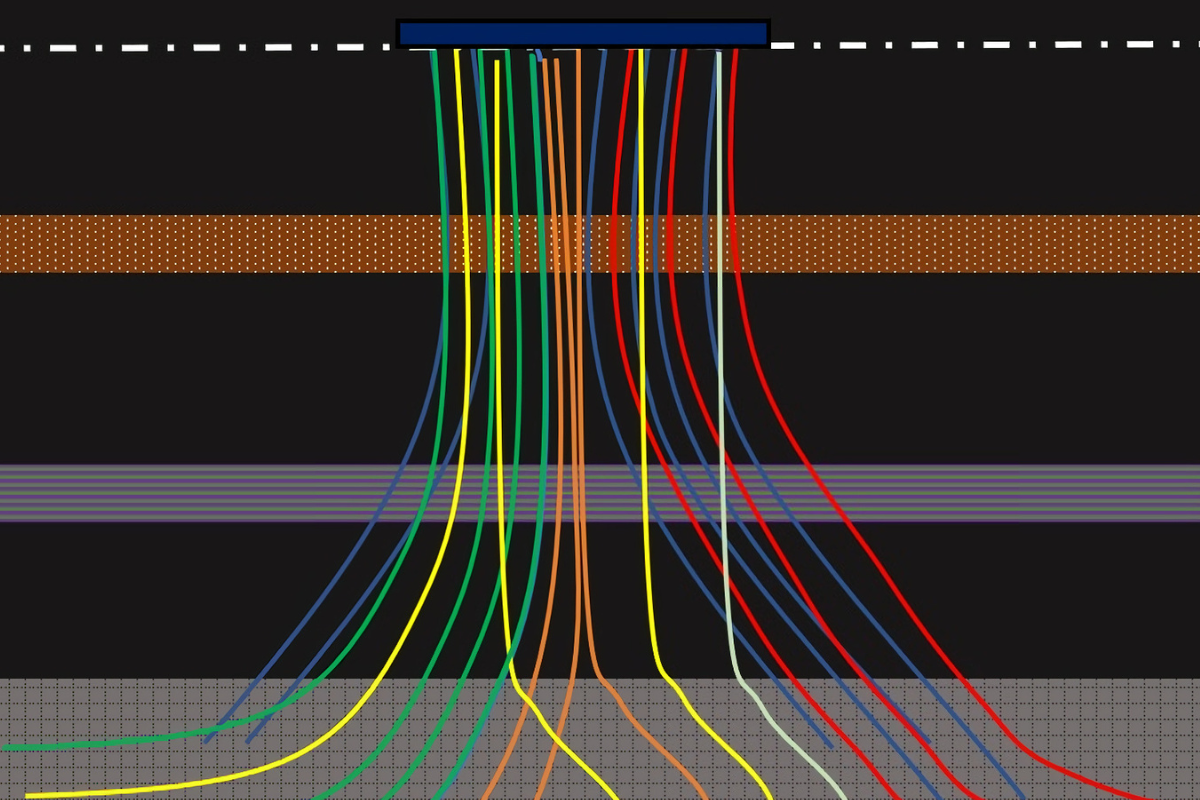
A horizontal well is a well with a high degree of inclination or deviation (not necessarily 90 degrees) which is normally intended to penetrate parallel to the formation. The application of this drilling technique is becoming more and more common in the producing regions of various parts of the world, and the main advantages are detailed below:
First, Oil Producer Companies are often able to exploit a reservoir with significantly fewer wells, since each horizontal well can drain a larger volume of oil compared to a vertical well, thus the total utilized area of an operation of Oil & Gas can be reduced, and the environmental impact is directly reduced.
On the other hand, the use of a horizontal well can reverse or significantly delay the onset of production problems that cause low oil rates, low extraction efficiency and/or premature abandonment; this refers to a significant improvement in the return on investment and total profitability. Horizontal wells allow exploitation plans with greater volumetric impact and combined with Enhanced Hydrocarbon Recovery techniques, an efficient drainage process of reserves is achieved.
Planning of interspaced horizontal wells for Cyclic Steam Injection:
For the planning of the thermal interspaced horizontal wells, the first step is to discover the area with remaining reserves that can be drained with an arrangement of infill wells between existing wells and, in turn, that meets the following premises:
• Geological criteria: areas with excellent petrophysical properties, net sand thickness equal or greater than 20 feet, horizontal continuity of the sand to guarantee a Net Oil Sand (NOS) contact equal or greater than 70%, areas that are not cut by a major fault in the horizontal section.
• Reservoir criteria: it must comply with: oil saturation greater than 50% and reservoir pressure in a range between 500 and 1800 psi.
• The Lateral Spacing between the wells will be calculated through numerical reservoir simulation; the affectation of pressures and flow that will exist between them can be corroborated, the average separations range between 50 and 200 meters.
The next step in planning thermal horizontal wells after choosing the area is to define the surface array. Subsequently, the landing and geo-navigation depths are validated to generate the directional exercises, where the possibility of constructing the trajectories are verified, approving the risk factors for drilling. For safety geo-navigation, it is important to have a good technical team that execute the operational monitoring, as well as the support of specialized geo-navigation toolsthat guarantee the success in this type of ambitious project.
To download the article, click here.


